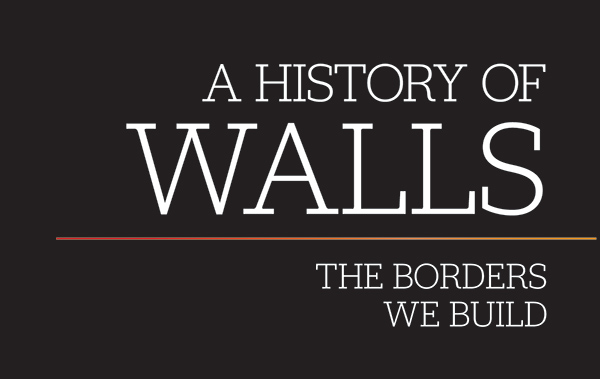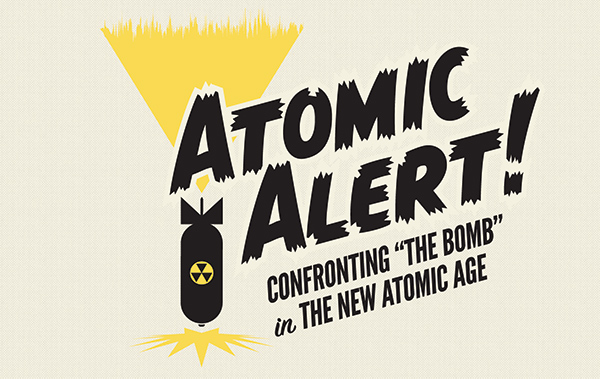
A note from Nathan Bartel, curator of A History of Walls
The walls of the world—the big ones, the ones with geopolitical ramifications—are fraught things. They are simultaneously expressions of power and fear. To those who live near them, the wall can appear as a reminder of safety or oppression, blank canvases or threatening parapets. To those that aim to cross them, the wall is an obstacle, often life-threatening, certainly life-changing, especially if you manage to get across.

With nationalism on the rise and refugee and migrant crises arising across the globe, it seems a good time to examine the role that major geopolitical walls have played across history. In A History of Walls: The Borders We Build, we consider four walls—the Great Wall of China, the Berlin Wall, the Israel/West Bank Barrier, and the US/Mexico Border Wall—by way of understanding these feats of architecture in their historical, cultural, and political context.
The exhibit’s tone and outlook is nonpartisan and calm, relying on facts and testimony to attempt to capture the view from both sides of the wall.
That said, our hearts are with the people most deeply affected by the presence of walls in this world: the dispossessed and oppressed, the ones who, for reasons largely beyond their control, risk crossing these manmade, highly militarized zones. We attempt to illustrate what the stakes are for them, as well as for those who would build a wall, and build it now.
We want this exhibit to be both inclusive and engaging. All text in A History of Walls is provided in English and Spanish, and a central interpretive section featuring Josh Begley’s video “Best of Luck With the Wall,” as well as interactive element that asks visitors to consider the walls in their lives.
Wherever you stand on the question of our world’s walls, we hope this exhibit has something for you. If you’d like a preview of exhibit content or would like to know more, don’t hesitate to contact us.



